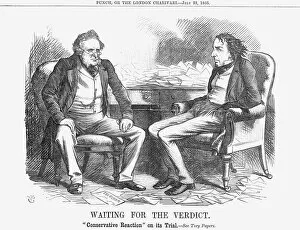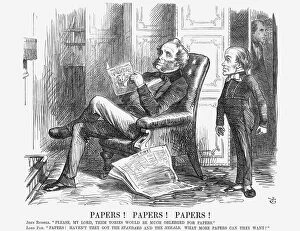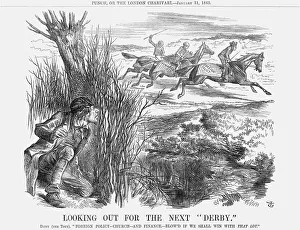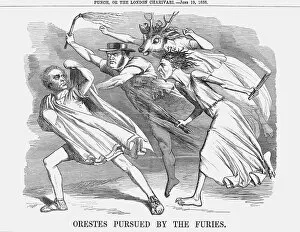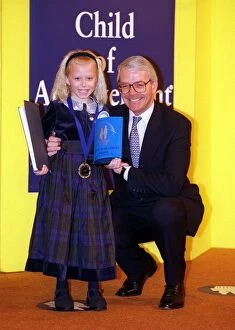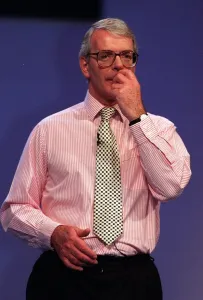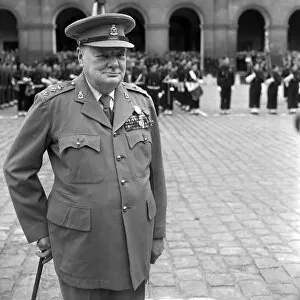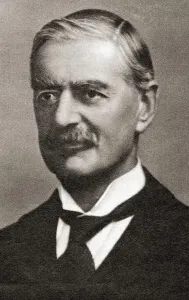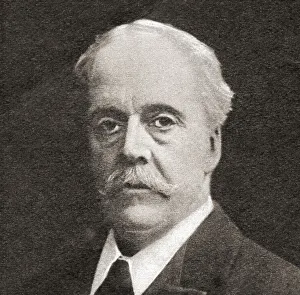Conservative Party Collection (page 14)
"The Conservative Party: A Rich Tapestry of History and Influence" From Winston Churchill's iconic V for Victory sign in 1942 to Horace
All Professionally Made to Order for Quick Shipping
"The Conservative Party: A Rich Tapestry of History and Influence" From Winston Churchill's iconic V for Victory sign in 1942 to Horace, Lord Farquhar's portrayal as a British financier and politician in 1898, the Conservative Party has left an indelible mark on British politics. This diverse collection of individuals showcases the party's enduring legacy. In 1986, Ernie Wise and Jeffrey Archer stood side by side, representing the party's commitment to entertainment and public service. Their presence symbolized the Conservatives' ability to connect with people from all walks of life. The first Earl of Birkenhead enjoyed leisurely moments aboard his yacht off the Isle of Wight around 1925. This image captures not only his aristocratic status but also highlights how Conservatives have always embraced a balanced approach between work and play. Sir Robert Peel, a revered statesman during the early nineteenth century, exemplified the party's dedication to progressive policies even then. His leadership laid down foundations that would shape conservative ideology for years to come. City Justice, depicted in 1880 by artist Spy, represents one facet of conservatism - upholding law and order within society. The General painting from 1881 further emphasizes this commitment to stability through its depiction of military strength underpinning national security. Joseph Swain’s artwork titled "The Conservative Programme" from 1872 encapsulates the party’s vision for progress while preserving traditional values. It serves as a reminder that conservatives strive for balance between change and preservation. Amidst political challenges in 1871, artist Coide portrayed "Judicious Amelioration, " illustrating how conservatives seek gradual improvement rather than radical upheaval when addressing societal issues. Anthony Ashley Cooper, known as the seventh Earl of Shaftesbury during late nineteenth-century England embodied philanthropy alongside his political career. He personifies how conservatism can champion social welfare causes while respecting individual freedoms. Lastly, the Right Honourable Edward Geoffrey Stanley, Earl of Derby, K. G.



